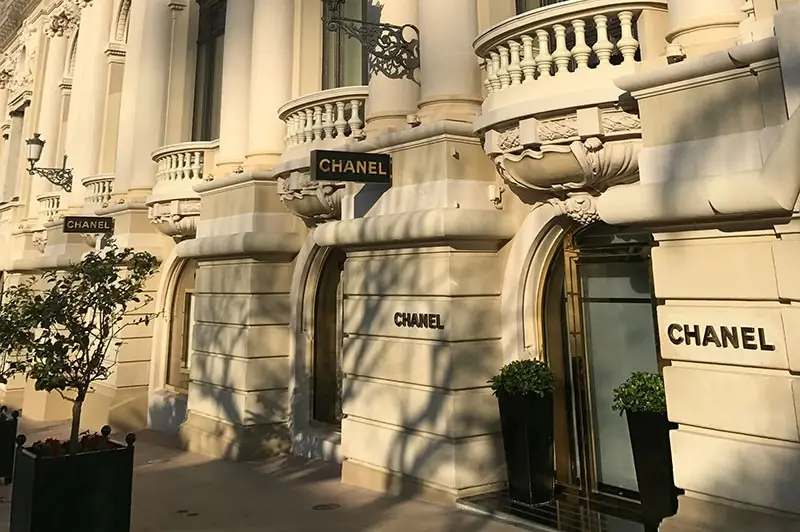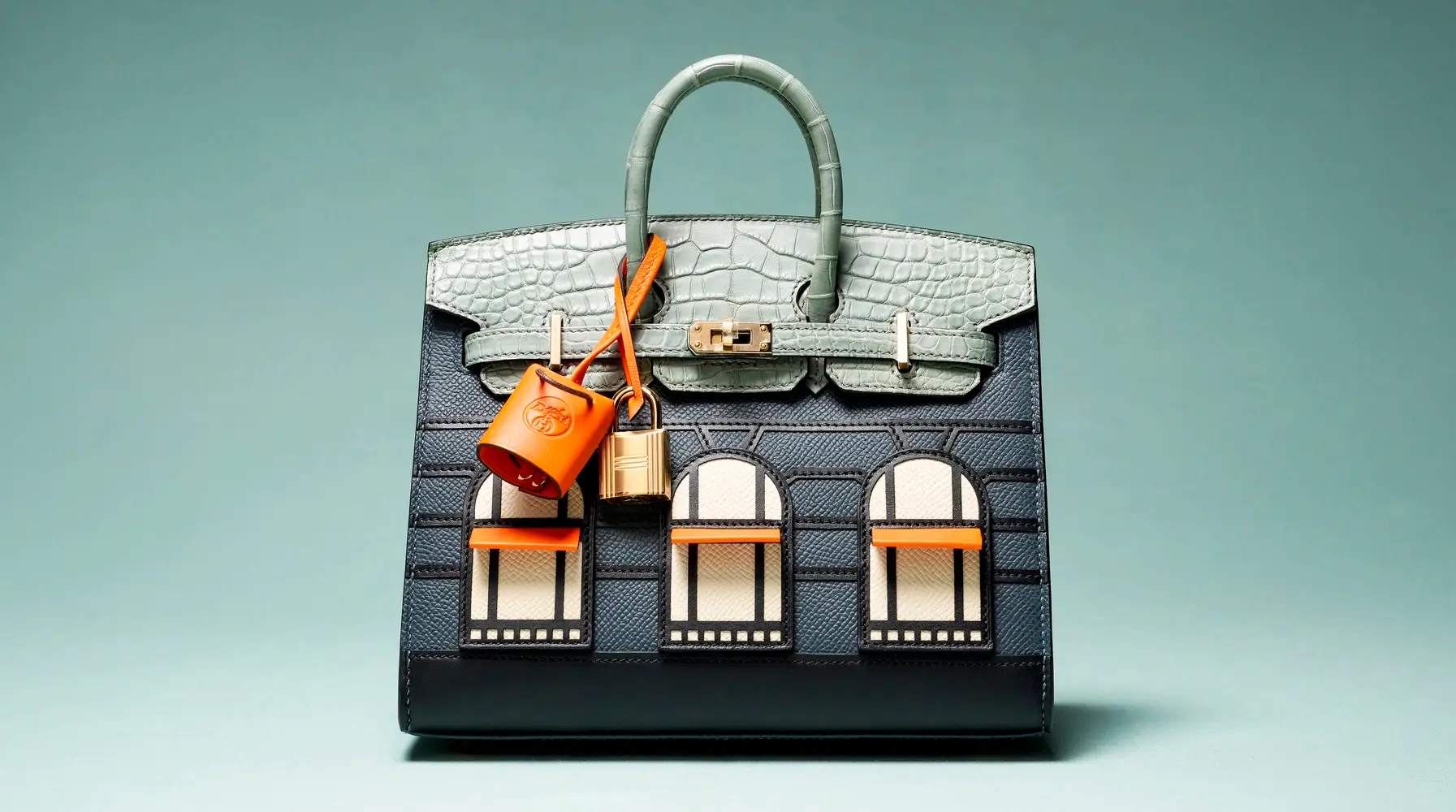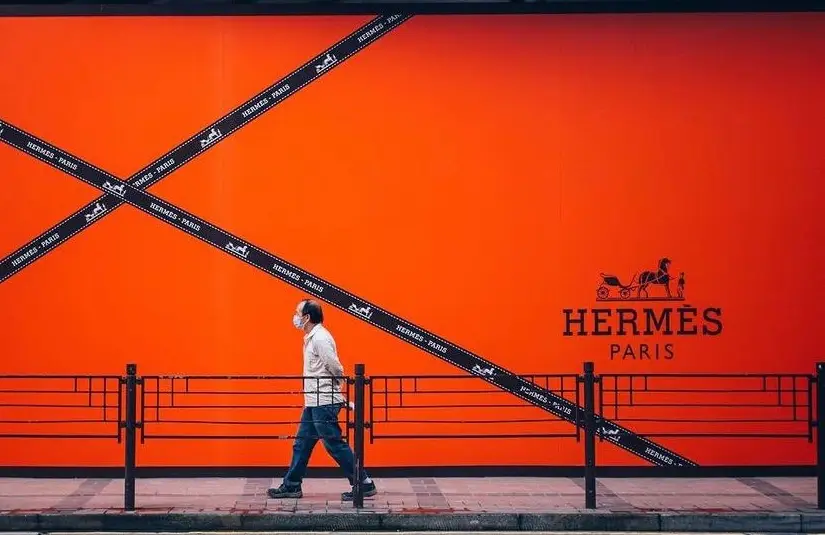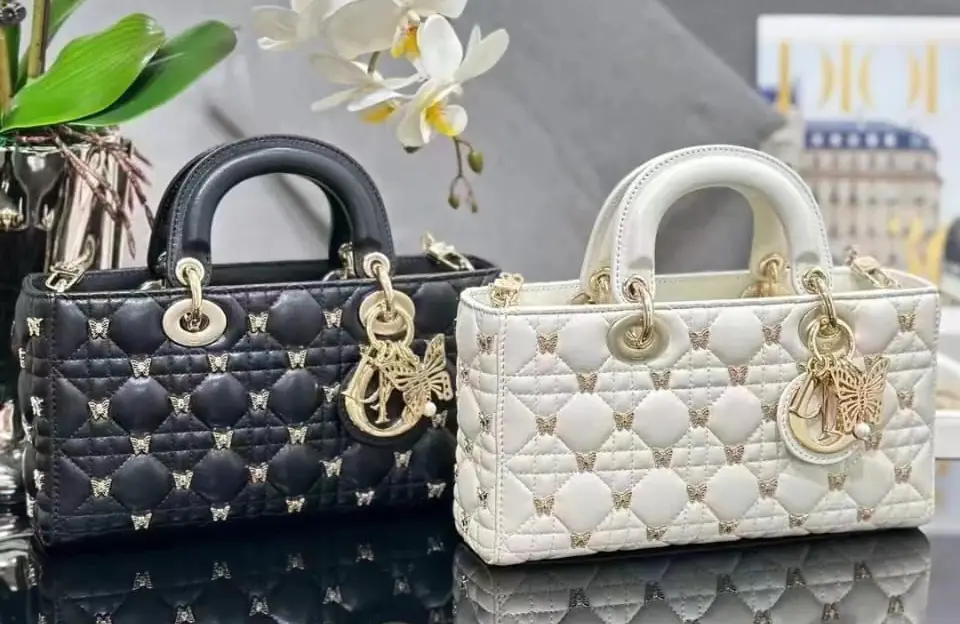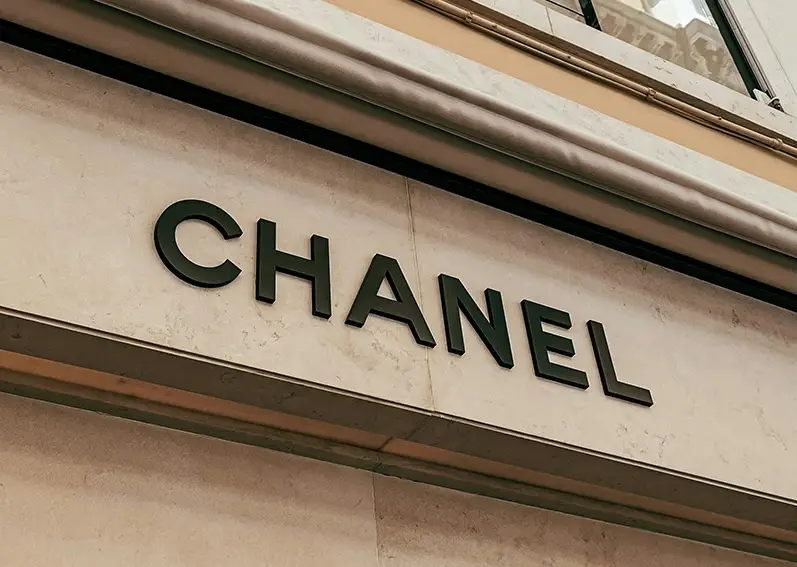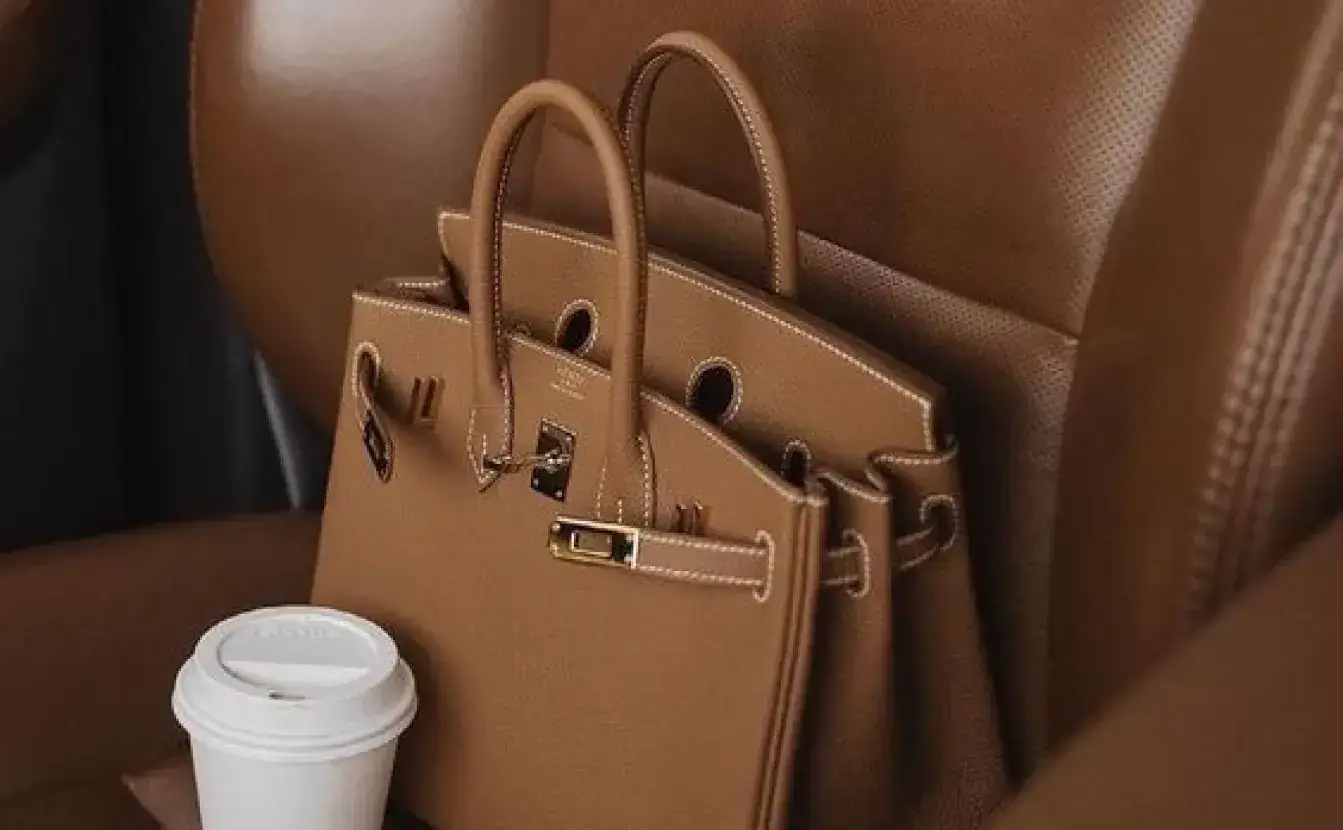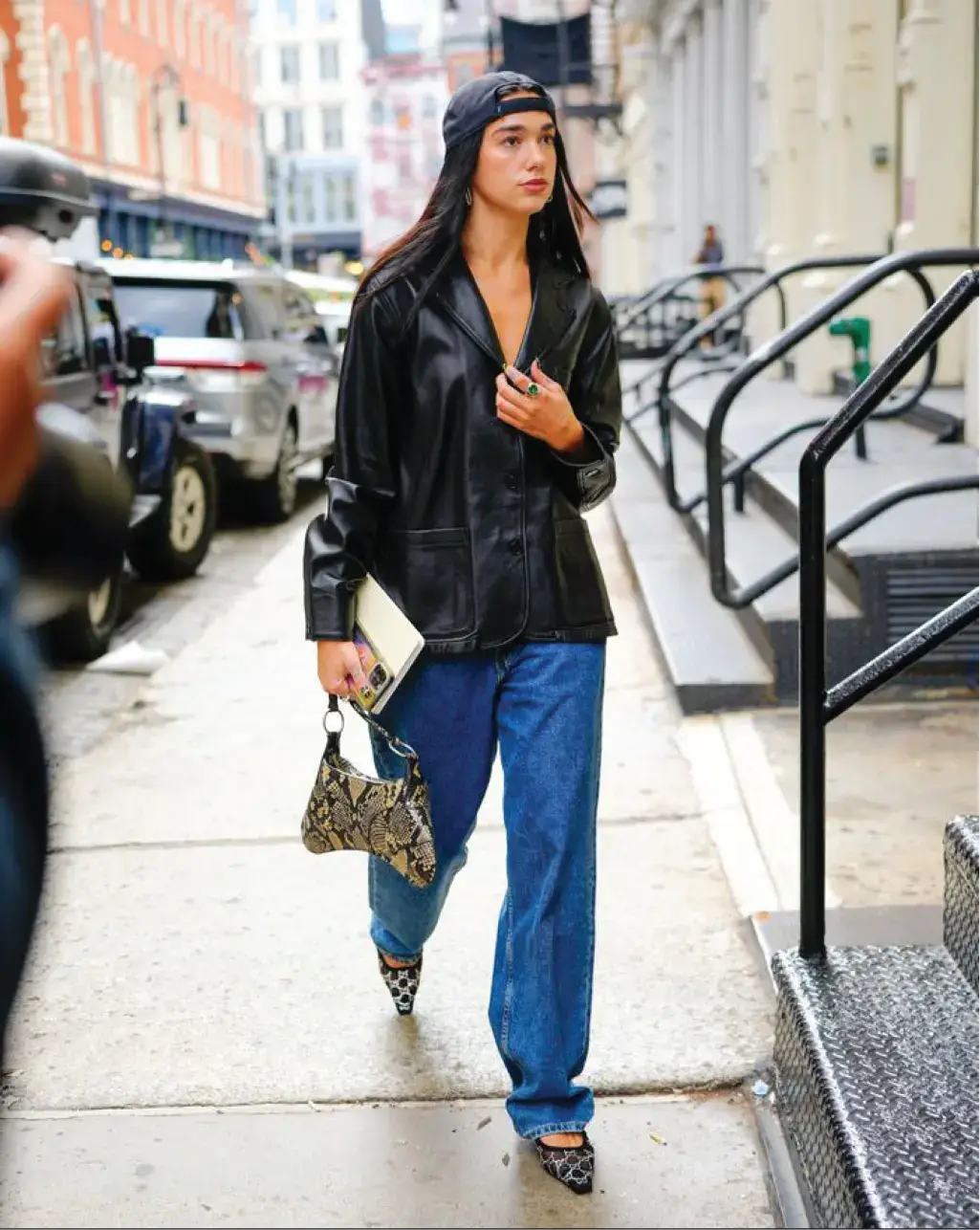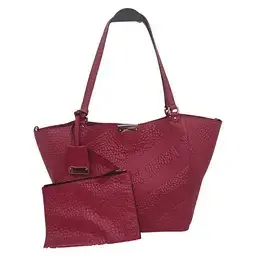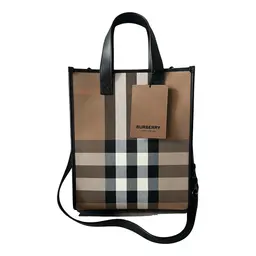For decades, Chanel has been defined by timeless classics such as the 2.55 and the Classic Flap. But in 2011, the French fashion house introduced a bold new design that quickly carved its own place in both retail and resale markets: the Chanel Boy Bag. Now, more than a decade later, the Boy Bag is no longer the newcomer—it is a certified icon, especially in the secondary market where demand continues to climb.
Resale platforms have helped make the Chanel bags category globally accessible, with the Boy Bag emerging as one of the most traded models.
From Karl Lagerfeld’s Vision to Resale Icon
The Boy Bag was introduced during Karl Lagerfeld’s tenure as creative director, inspired by Gabrielle “Coco” Chanel’s lifelong love of masculine style and a nod to her muse, Boy Capel. With its boxy silhouette, chunky chain strap and bold hardware, the Boy Bag was a departure from the more delicate and feminine styles Chanel was known for.
Over the years, the Boy Bag became a favorite for those seeking a modern edge while still embracing the heritage of Chanel. On the resale market, its presence has steadily grown as younger buyers turn to it as a more contemporary alternative to the Classic Flap.
This generational appeal ensures liquidity in the secondary market, where the Boy Bag often sells quickly once listed.
Resale Performance
While resale prices for the Boy Bag do not yet match those of Chanel’s Classic Flap, its consistent demand makes it a reliable performer. Depending on condition, size and material, Boy Bags often retain 70 to 90 percent of their retail value and, in some cases, appreciate over time.
The Boy Bag’s evolution has been fueled by social media visibility. Influencers and celebrities have embraced the design as a statement piece, further increasing its desirability. On platforms like Instagram and TikTok, the Boy Bag frequently appears in “what’s in my bag” features, cementing its status as a luxury staple.
Sustainability and the Boy Bag
As sustainability becomes a priority in fashion, the Boy Bag benefits from its durability and timeless appeal. Buyers see pre-owned models not only as an entry into luxury but also as part of the circular economy, extending the lifecycle of luxury goods.
Design Evolution and Collectibility
Since its debut, the Boy Bag has seen countless variations in size, leather, hardware and seasonal editions. Some limited releases, such as exotic skins or special collections, have become highly collectible in resale, commanding significant premiums.
The retail price of the Boy Bag has steadily increased over the years, mirroring Chanel’s broader pricing strategy. These hikes have strengthened resale values, as buyers turn to the secondary market for more accessible options.
Expanding Chanel’s Resale Footprint
The Boy Bag’s success shows that Chanel’s resale market is expanding beyond the Classic Flap. Buyers are increasingly looking for pieces that combine heritage with modern design, and the Boy Bag fits that role perfectly.
As resale continues to grow, the Chanel Boy Bag is positioned to remain a strong player. Its cultural relevance, generational appeal and design versatility ensure that it will hold a prominent place in both retail and resale markets.

